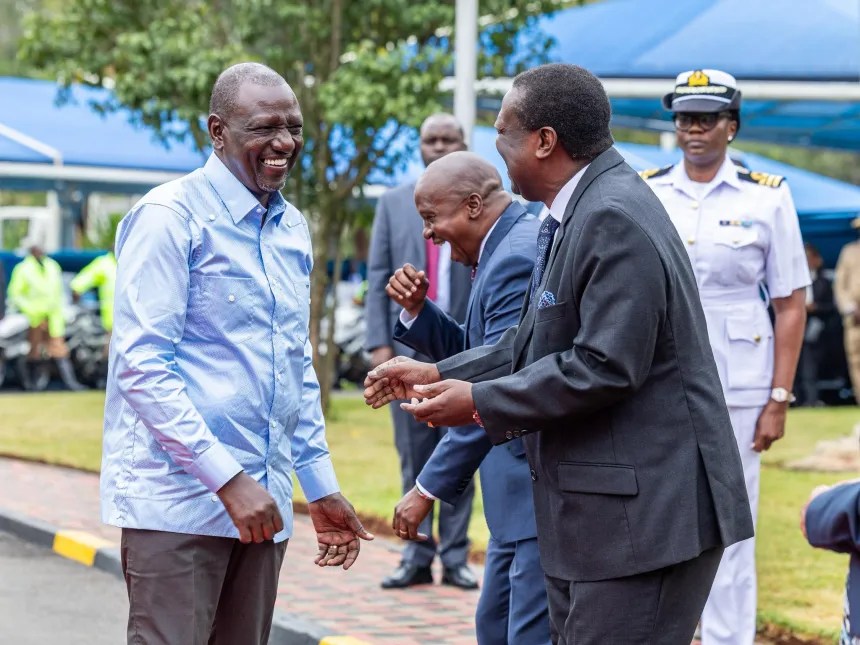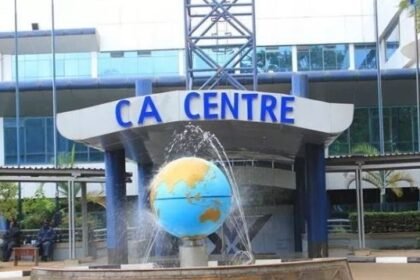One year after Kenya’s deadliest protest crackdown, a bitter irony unfolded on June 25, 2025, as demonstrations against police brutality were met with the very violence protesters sought to end. Eight Kenyans lost their lives as over one million citizens across 24 counties took to the streets demanding justice for the 60 killed during last year’s anti-Finance Bill protests. The government’s response was swift and severe: a media blackout, internet restrictions, and presidential silence that exposed an administration increasingly disconnected from its people’s suffering.
The Human Cost: Eight More Lives Lost
Human rights organizations documented eight confirmed deaths across six counties, with Machakos and Makueni bearing the heaviest toll at two deaths each. The Kenya National Commission on Human Rights reported that all fatalities resulted from gunshot wounds, with additional deaths recorded in Nakuru, Kiambu, Uasin Gishu, and Nyandarua counties. Over 400 people required medical treatment, with 83 referred for specialized care due to the severity of their injuries.
Perhaps most troubling was the Independent Policing Oversight Authority’s documentation of police officers concealing their identities contrary to law, a tactic that undermines accountability and enables impunity. The authority recorded the use of “excessive and varied force” including live ammunition, tear gas, water cannons, whips, and batons.
The government’s attempt to control the narrative began when Communications Authority Director General David Mugonyi issued directive CA/CE/BC/TV90A, ordering all television and radio stations to cease live coverage of demonstrations. Major media houses defied the order, prompting the authority to physically switch off signals for NTV and KTN television stations.
Simultaneously, international monitoring organization NetBlocks confirmed that Telegram access was being restricted across Kenya, with the app’s reachability dropping to just one percent by 4:00 PM. The restrictions drew immediate condemnation from media organizations, with the Media Council of Kenya calling attacks on four journalists “intolerable” strikes on press freedom.
The legal system moved with unusual speed to counter government overreach. The Law Society of Kenya secured conservatory orders from Justice Chacha Mwita that suspended the Communications Authority’s directive and ordered immediate restoration of broadcasting signals. Justice Mwita found that the petition raised “fundamental constitutional questions touching on potential violation of the Bill of Rights.”
Presidential Absence Speaks Volumes
President William Ruto remained conspicuously absent from Nairobi during the crisis, instead retreating to Kilifi County while over 1 Million protesters filled the capital’s streets. His silence was particularly jarring given his previous statements defending police actions. Just one day earlier, he had warned protesters: “You cannot use force against the police, nor insult or threaten them. You are endangering our nation.”
Government spokesperson Isaac Mwaura had declared that “there will be no demonstrations on June 25,” yet thousands defied the directive, chanting “Ruto must go” while waving Kenyan flags and placards featuring pictures of those killed in last year’s demonstrations.
Civil Society Response and Documentation
Kenya’s civil society organizations mobilized quickly to document violations. The Law Society of Kenya, Police Reforms Working Group, and Kenya Medical Association issued a joint statement expressing condolences to families of the eight protesters killed, emphasizing that “every Kenyan life is precious.”
The Kenya Human Rights Commission documented that police shot at least 20 protesters, resulting in eight deaths. Multiple organizations condemned the infiltration of protests by “hired goons” who engaged in violence and property destruction in cities including Eldoret, Mombasa, Nairobi, Nakuru, Nyeri, Kajiado, and Kisumu.
International Condemnation
The violence prompted immediate international criticism. Twelve embassies, including those of the United States, United Kingdom, Germany, and Canada, had issued a joint statement urging the government to facilitate peaceful demonstrations and condemning the use of plain-clothed officers. Kenya’s Ministry of Foreign Affairs responded defensively, accusing the envoys of being “overly prescriptive.”
The Kenyan diaspora also mobilized, with the Kenya Diaspora Alliance USA condemning “state violence and media censorship” and warning of “a full reckoning – legally, constitutionally, and globally” if harm befell innocent Kenyans.
The Bitter Irony
The central tragedy of June 25, 2025, lies in its fundamental contradiction: citizens gathering to protest police brutality were met with the very violence they sought to end. The anniversary demonstrations were explicitly peaceful, with protesters carrying wreaths rather than weapons, seeking justice rather than confrontation.
Yet the government’s response replicated the same patterns that had prompted the original 2024 protests. The use of live ammunition against unarmed civilians and systematic denial of basic rights created a cycle of violence that the protests aimed to break.
A Democracy Under Strain
The events represent more than a single day of violence – they reveal a democracy under severe strain. The systematic violation of constitutional rights, suppression of media freedom, and use of lethal force against peaceful protesters indicate a government increasingly comfortable with authoritarian tactics.
The swift judicial intervention and robust civil society response demonstrate that Kenya’s democratic institutions retain some strength. Yet the human cost continues to mount. Eight more families mourn their children, hundreds more bear the scars of state violence, and millions question whether their voices matter in their own democracy.
The tragic irony of June 25, 2025 – that protests against police brutality were met with more police brutality – serves as a stark reminder that true change requires leadership willing to confront uncomfortable truths, acknowledge past mistakes, and commit to genuine reform. Until that happens, Kenya’s democracy will remain trapped in cycles of violence that honor neither the living nor the dead.
Related
Discover more from Techish Kenya
Subscribe to get the latest posts sent to your email.





